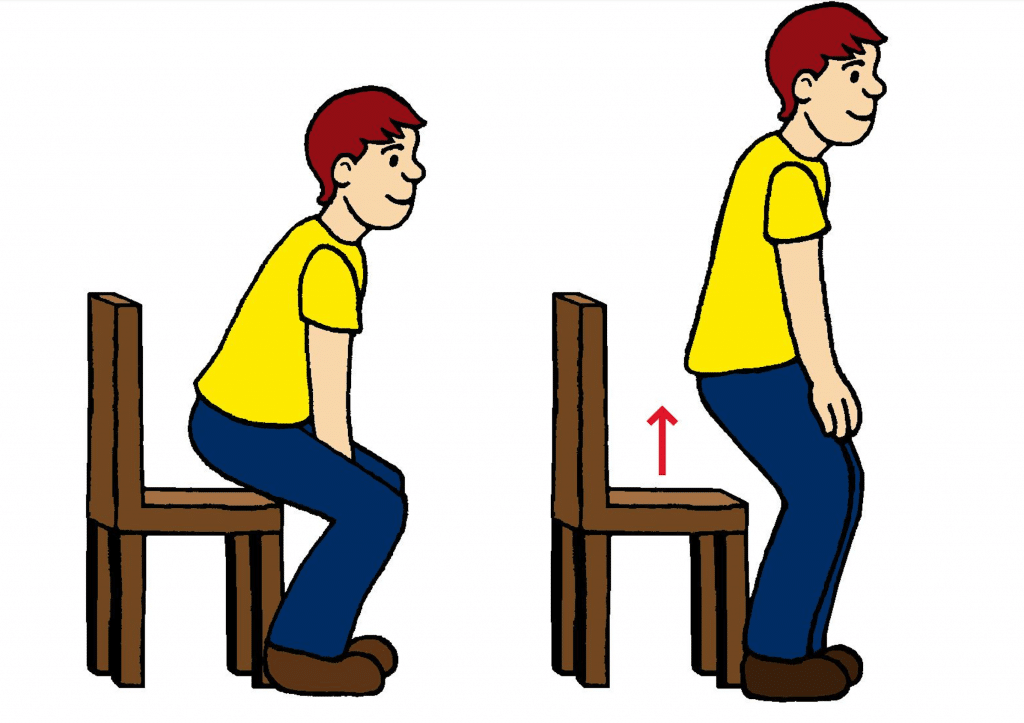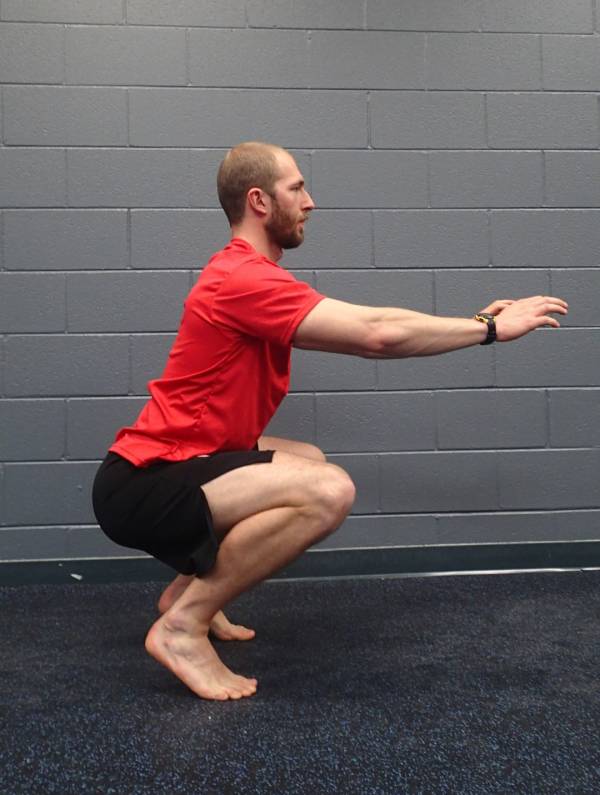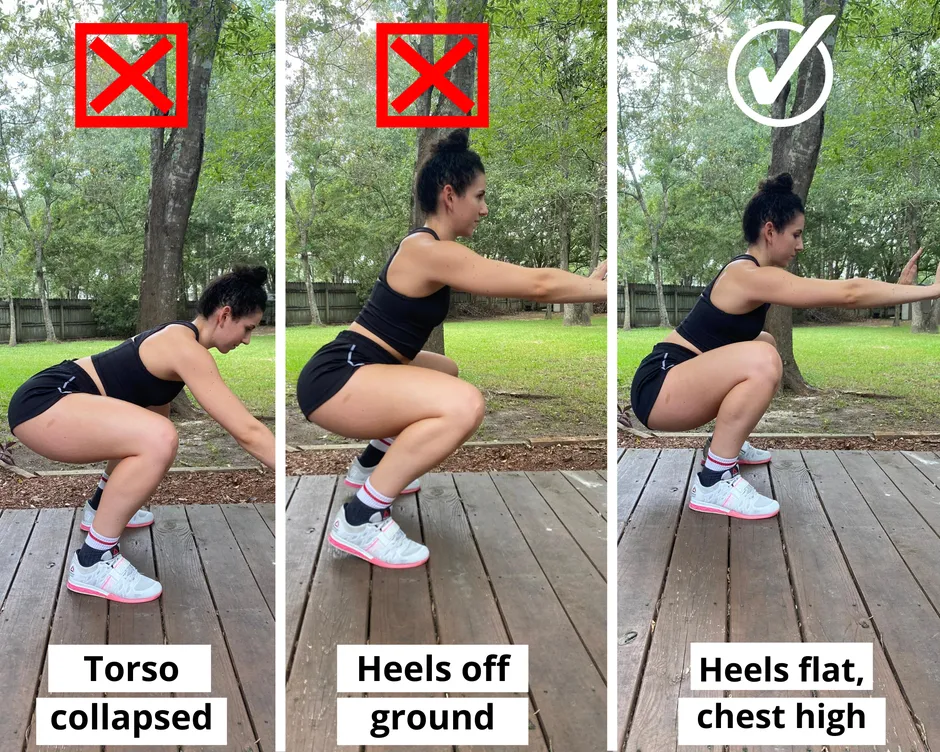Welcome Back! In today’s post, we will cover why squats are good for swimming and, more specifically, your flip turns! If you love on-land training, this post is definitely for you!
What is a squat?
By definition, a squat is a popular exercise that targets the legs, lower back, and core muscles. There are many variations of squats, including back, front, goblet, jumping, and box squats. Squats are one of the most versatile strength and conditioning movements. They are considered a functional exercise, which means you perform a squat daily.
Take right now, for example. If you’re sitting in a chair reading this blog, you’ll most likely get up at some point. To do this, you must perform the second half of a squat.

How do you squat correctly?
There are many arguments about how low you need to squat, but regarding swimming – you just need to work on getting your thighs parallel to the ground.
Why? In any of those movements—start, flip turn, or push-offs—your knee angle is never smaller than 90 degrees.
Any angle sharper than 90 degrees on a start, flip-turn, or pushoff would make you feel you’ve jammed your walls while swimming.
How Does Squatting Help My Swimming?
The number one way squatting affects swimming is through your start, flip turns, and push-offs from the walls. To have a great start, you need to be explosive and jump off the block.
The same goes for flipturns and pushoffs. You want a swimmer to use their legs and FORCEFULLY unbend their knees as they swim through resistance. There is no better way to mimic the resistance of the water than to do weighted squats on land. Weighted squats on land help a swimmer become stronger, more efficient at moving their body vertically, and more mobile through all the joints on the lower half of the body.
How to Perform a Squat Safely?
When swimmers start to squat, one of the biggest issues is having limited ankle mobility. We spend most of our time flexing our feet in the opposite direction you’ll stretch your feet for squatting. Click here for more information on that. So to make sure our squats are safe for swimmers, you need to keep the weight in the ball of the foot and try to keep the knees DIRECTLY over the feet, as you descend and ascend from that squat. It may be hard for some of you to go down low and keep your heels on the ground. If this is the case – go down as far as you can until you start feeling your heels want to leave the earth – stop there – and then ascend back up. See the visual below.

Also, you don’t want your torso to lean forward as you squat and your chest to get closer to your knees. To protect their lower back and hips, always have your swimmers look forward and think of a proud chest while squatting.

For a more in-depth discussion on the common errors seen in a squat, click here. Otherwise, try your best to keep your heels on the ground, chest up, and knees pushing out to reduce any risk of injury while squatting.
I’ve Never Squatted Before! Where Should I Start?
I would 100% recommend starting small—do some bodyweight squats, jumping squats, and light goblet squats. Think sets of 8-12 reps and maybe 3-4 sets total. Remember: the legs are a very large muscle group, so they can sustain a decent amount of training, but you don’t want to add squatting without considering how it affects your swimmer’s overall training load.
Breaking down a large muscle group will also require more recovery time, so these factors play into adding squats to your routine. If you don’t want to program your own strength training, don’t worry—we can do it for you. Check out our strength training options here.
Let us know if you enjoyed this dryland-based blog!
Until next time,
Abbie Fish

5 Responses
Thank you. Very, very good
Appreciate the kind feedback!
Very, very good
Thank you very much!